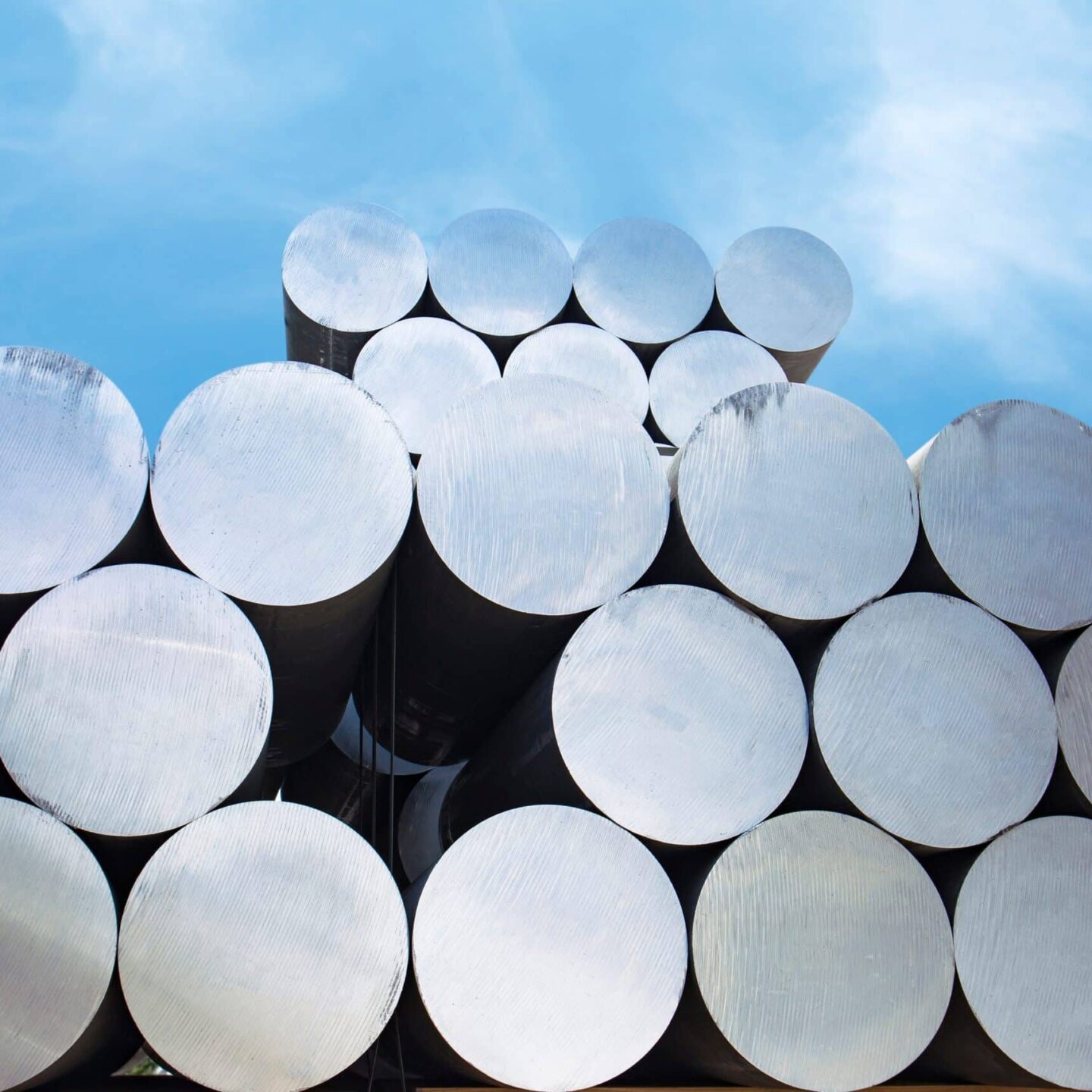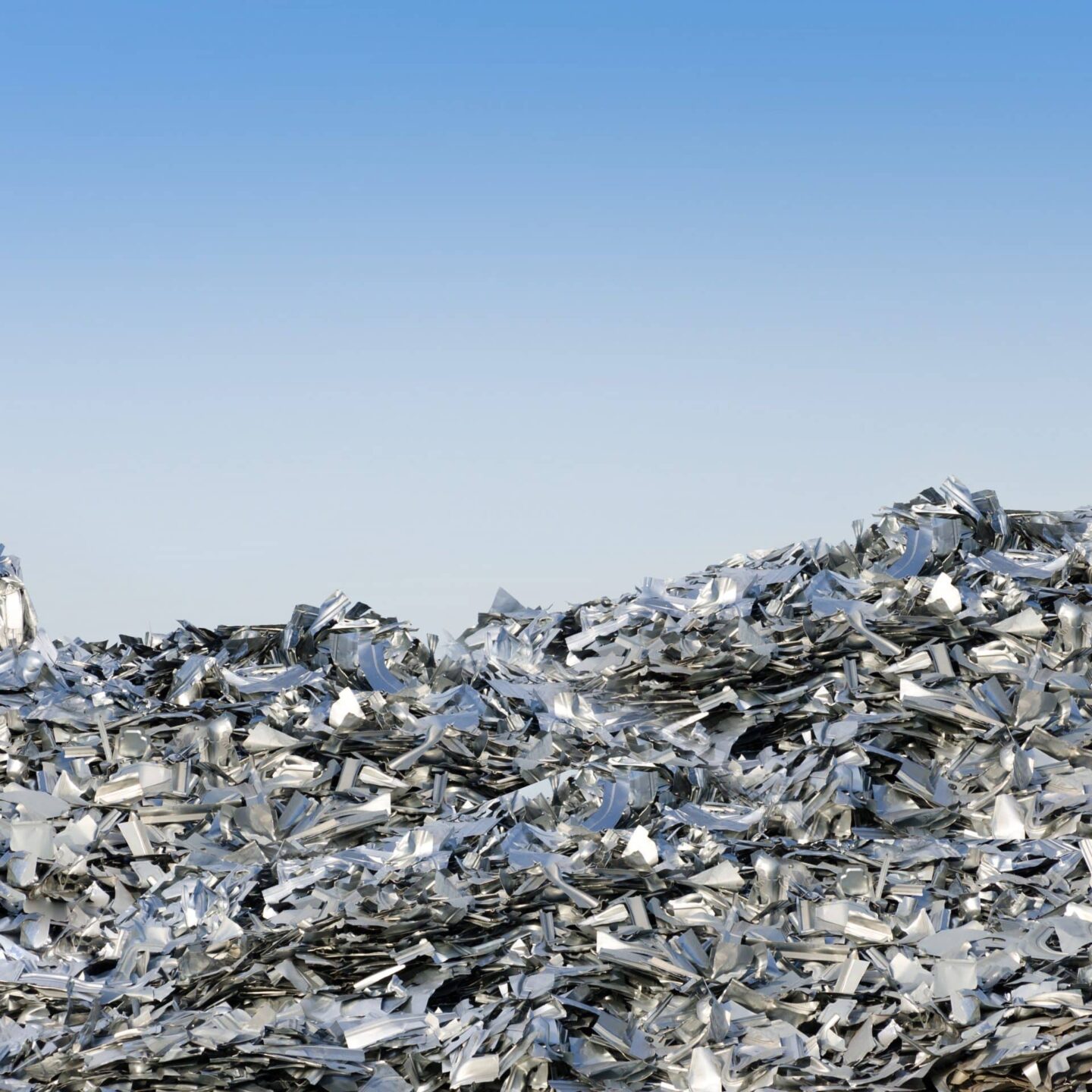Based on 70 years of historical data from mining to product, recycling and trade for nine regions and globally.
This new data reveals a record 20 million tonnes of post-consumer scrap intake in 2019. This avoids 300 million tonnes of greenhouse gas emissions as recycled metal reduces demand for primary aluminium.
This new high, published in the latest annual IAI Material Flow Model update, represents nearly 60 per cent of total scrap intake as post-consumer continues to outstrip pre-consumer scrap levels.
The post-consumer scrap intake came from three main sources – packaging, vehicles and building and construction.





